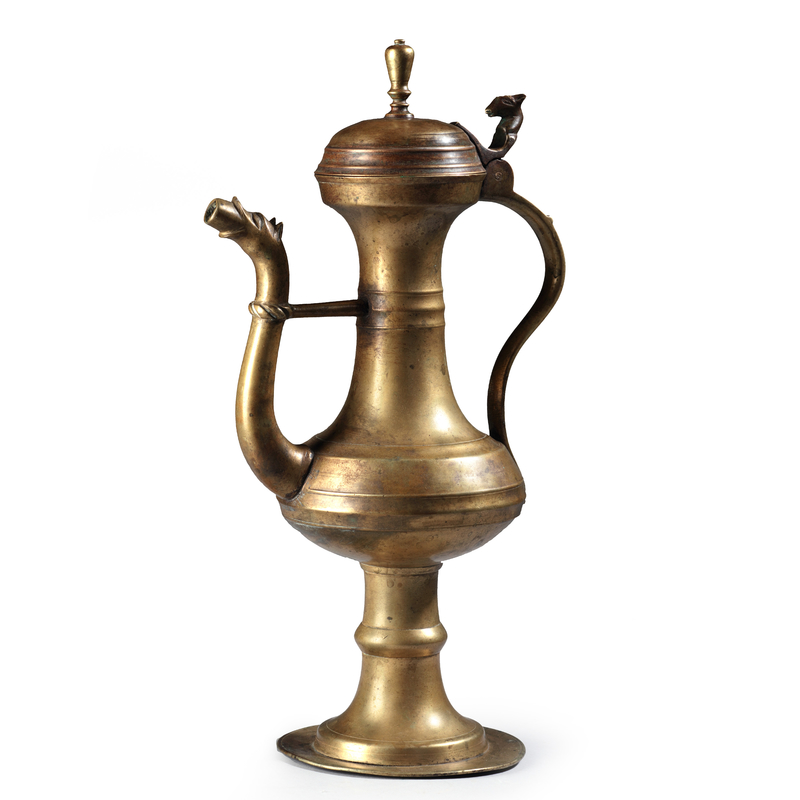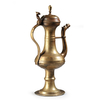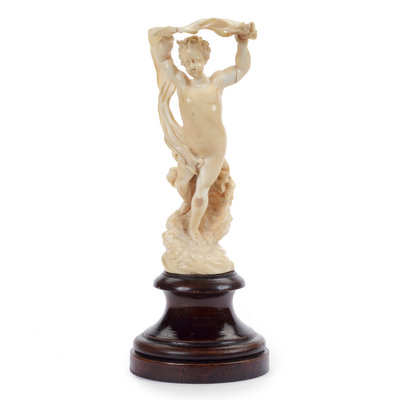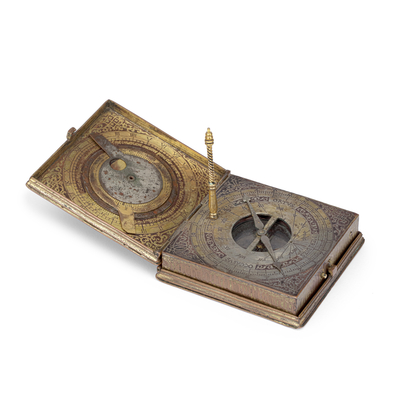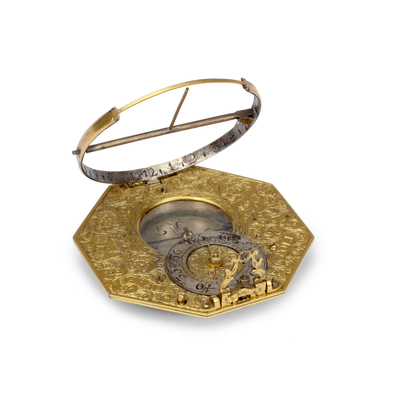Brass ewer
Global shipping available
- Origin
- Germany, Neurenberg
- Period
- 15th century
- Material
- Brass
- Height
- 33.5 cm
- Diameter
- 18 cm
- Literature
O.A. Baumgärtel, ‘Wohl! nun kann der Guss beginnen’ Schätze der Nürnberger Rotschmiede, Nürnberg 2017, p. 50, 51, afb. 54.
H.P. Lockner, Messing 15. - 17. Jahrhundert, München 1982, pp. 105 - 109, afb. 174.- Museums
'Ewer', The MET Museum, New York. Acc. No.: 12.166.1
Questions about this object?
Please use one of the contact options below:
Description
This Nuremberg ewer is made of cast and turned brass. The characteristic rounded belly extends into a narrow, flared neck and stands on a high foot. The conical foot has a wide stand ring and a single knob. The spout of the jug is in the shape of a lion and is attached to the jug by a turned rod. The S-shaped handle ends in a double-jointed hinge with a thumb rest. The thumb rest has the shape of a stylised animal head and is attached to the lid. The rounded lid has a profiled rim and a baluster-shaped lid-knob.
The ewer is cast in several parts; the foot, spout, lid, knob, thumb rest and handle are cast separately and soldered to the jug. The brass was cast according to the cire perdue method. In order to do this, a model of the object to be cast is first made in wax, with a refractory mass on the inside and outside. The mould is heated, which melts the wax and creates a hollow shape. The brass is poured into the resulting mould. After cooling, the brass is finished on the lathe.
